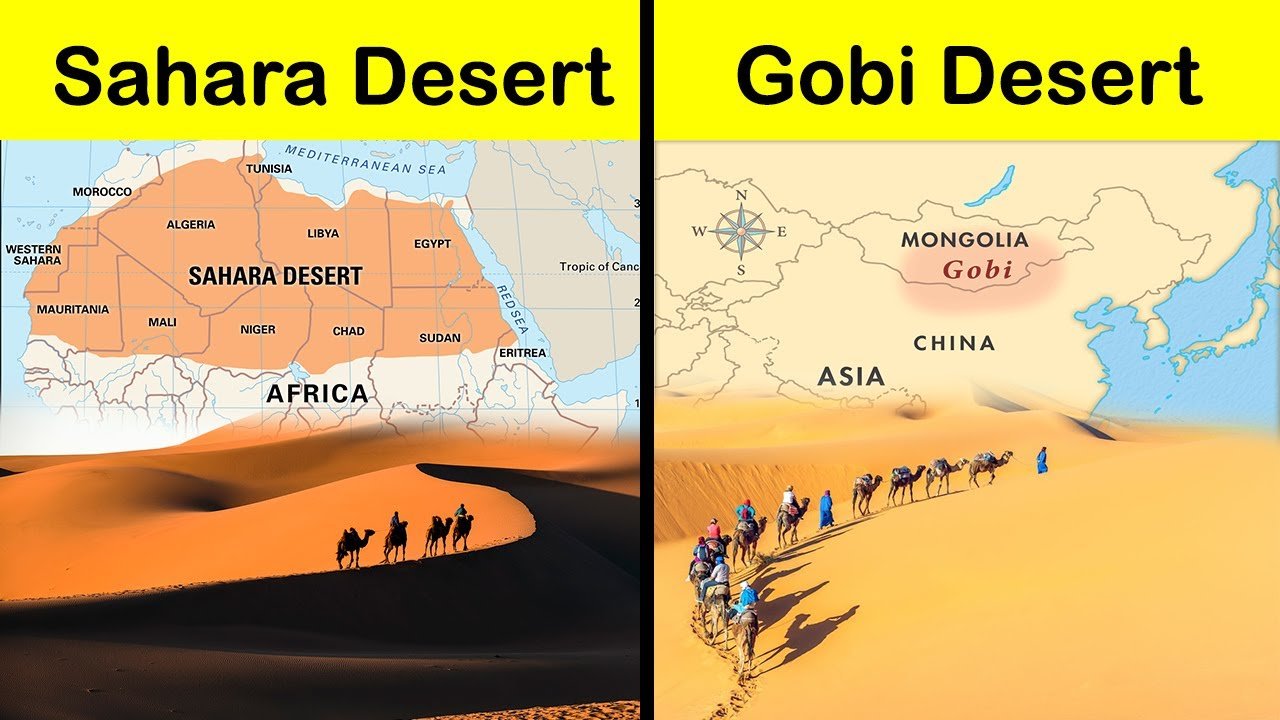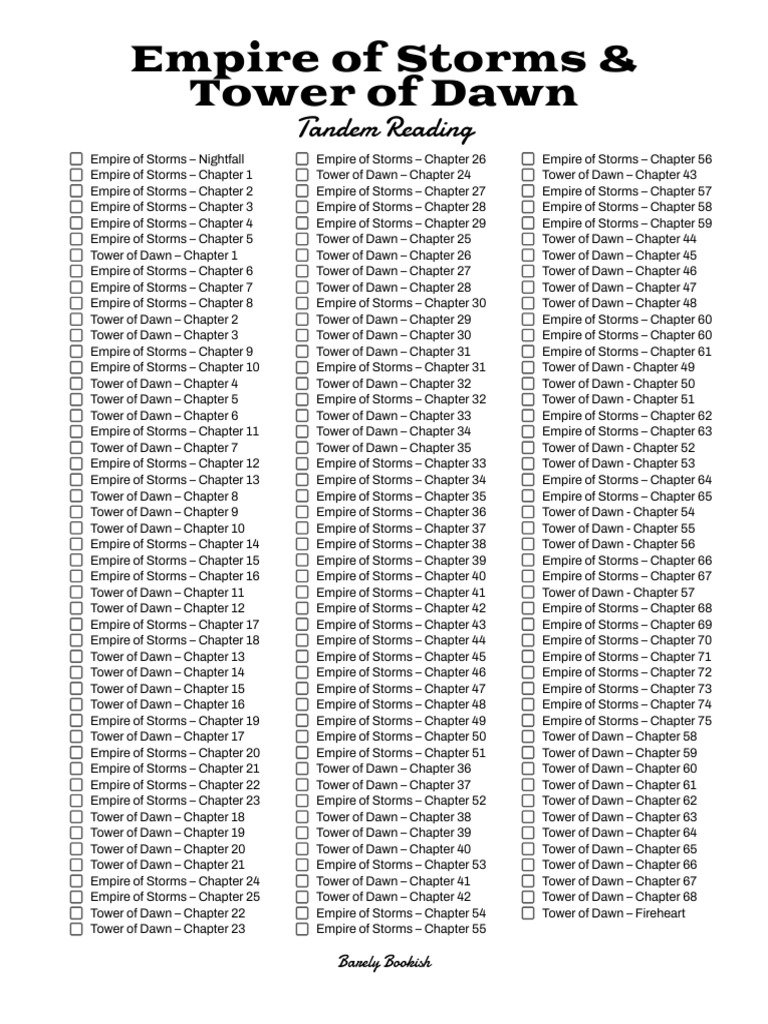The Gobi Desert and Sahara Desert are as distinct as they are vast. How is the Gobi Desert different from the Sahara Desert? Let’s delve into the unique characteristics that set these two remarkable landscapes apart. From diverse ecosystems to contrasting temperatures and geological features, each desert holds a world of its own waiting to be explored. Discover the hidden wonders and stark distinctions that define these mesmerizing desert realms.
How is the Gobi Desert Different from the Sahara Desert?
Deserts are fascinating landscapes that are both harsh and beautiful, covering vast stretches of land around the world. Two of the most famous deserts, the Gobi Desert in Asia and the Sahara Desert in Africa, are often compared due to their unique characteristics. In this article, we will delve into the differences between these two deserts and explore what makes each of them so special.
The Gobi Desert: A Land of Extremes
The Gobi Desert is located in northern China and southern Mongolia, making it one of the coldest deserts in the world. Despite its frigid temperatures, the Gobi Desert also experiences scorching heat during the summer months, showcasing the extreme temperature variations this desert is known for.
Climate and Geography
One of the key differences between the Gobi and Sahara Deserts is their climate. The Gobi Desert is characterized by its continental climate, with hot summers and cold winters. In contrast, the Sahara Desert has a hot desert climate, with consistently high temperatures throughout the year.
Due to its northern location, the Gobi Desert receives snowfall during the winter months, adding to its unique landscape. The Sahara Desert, on the other hand, rarely sees any precipitation, making it one of the driest places on Earth.
Flora and Fauna
While both deserts may seem barren at first glance, they are home to unique plant and animal species that have adapted to survive in these harsh environments. In the Gobi Desert, you can find rare species such as the Bactrian camel and the elusive snow leopard.
On the other hand, the Sahara Desert is known for its iconic inhabitants like the dromedary camel and the Fennec fox. Despite the harsh conditions, these animals have developed special traits to thrive in the desert’s arid climate.
The Sahara Desert: A Sea of Sand
Stretching across North Africa, the Sahara Desert is the largest hot desert in the world, covering an area comparable to the size of the United States. Known for its vast sand dunes and scorching temperatures, the Sahara is a land of extremes.
Landscape and Sand Dunes
One of the most striking features of the Sahara Desert is its endless sea of sand dunes, some of which can reach staggering heights. These dunes are constantly shaped by the wind, creating mesmerizing patterns that change over time.
In contrast, the Gobi Desert is characterized by a mix of rocky terrain, gravel plains, and occasional sand dunes. While the Gobi does have sandy areas, they are not as prominent or extensive as those found in the Sahara.
People and Cultures
Both the Gobi and Sahara Deserts have been inhabited by various nomadic tribes and cultures for centuries. In the Sahara, you can find the Tuareg people, known for their vibrant blue clothing and mastery of desert survival.
In the Gobi Desert, the Mongolian nomads have roamed the vast steppes for generations, herding livestock and living in traditional gers (yurts). These nomadic lifestyles are deeply intertwined with the desert landscapes they call home.
In conclusion, while the Gobi and Sahara Deserts share some similarities as arid landscapes, they are distinctly different in terms of climate, geography, flora, fauna, and cultural significance. The Gobi Desert’s cold temperatures and unique wildlife set it apart from the Sahara Desert’s hot sands and nomadic tribes.
Exploring these two deserts offers a glimpse into the diverse and awe-inspiring beauty of our planet’s arid regions, showcasing the resilience of life in the harshest of environments. Whether you dream of traversing the sand dunes of the Sahara or witnessing the snow-capped peaks of the Gobi, the world of deserts awaits with its endless wonders to discover.
"From the Sahara Desert to the Gobi Desert"5 attractive deserts
Frequently Asked Questions
How do the Gobi Desert and Sahara Desert differ in terms of size?
The Sahara Desert is the largest hot desert in the world, covering a vast area of approximately 3.6 million square miles in North Africa. In contrast, the Gobi Desert is much smaller, spanning around 500,000 square miles across northern China and southern Mongolia.
What distinguishes the landscapes of the Gobi Desert from the Sahara Desert?
The Sahara Desert is known for its vast sand dunes and rocky plateaus, while the Gobi Desert features a diverse terrain that includes rocky mountains, gravel plains, and even grasslands in some regions. The Gobi also has the unique feature of being a cold desert with snowy winters.
How do the climates of the Gobi Desert and Sahara Desert differ?
The Sahara Desert is characterized by an extremely hot and arid climate, with temperatures that can soar above 120°F (49°C). In contrast, the Gobi Desert experiences more temperature extremes, with hot summers and cold winters. The Gobi also receives more precipitation than the Sahara, particularly in the form of snow during winter.
Final Thoughts
In conclusion, the Gobi Desert differs from the Sahara Desert in various aspects. The Gobi is colder and experiences harsh winters with snowfall, while the Sahara is known for its scorching heat. The Gobi features a more diverse landscape with mountains, rocky terrain, and grasslands, unlike the Sahara’s vast stretches of sand dunes. Understanding how the Gobi Desert is different from the Sahara Desert sheds light on the unique characteristics and challenges each desert presents.




